Uganda Peoples’ Defence Forces was so named in the 1995 Constitution of the Republic of Uganda. At independence, the same army recruited, trained and left behind by the colonialists just changed the name from King’s African Rifle (KAR) to first Uganda Rifles (UR) and then Uganda Army (UA). KAR’s main function was to repress and suppress any opposition to the British rule.
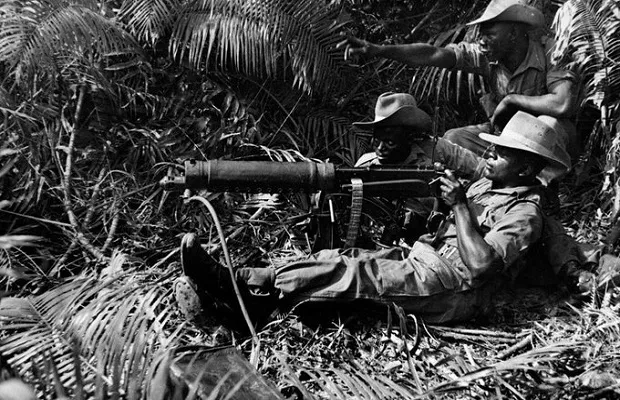
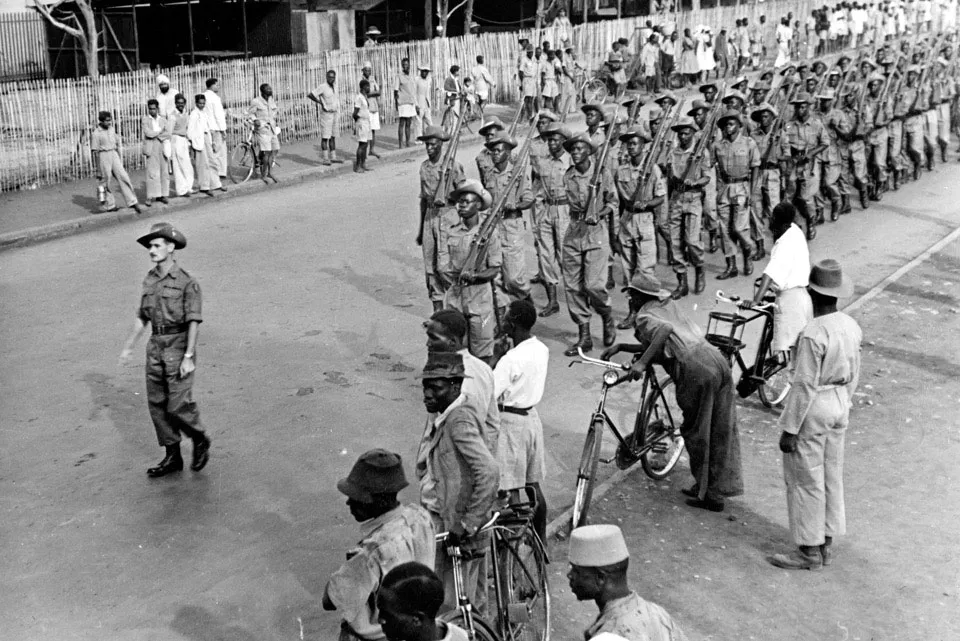
History Timeline
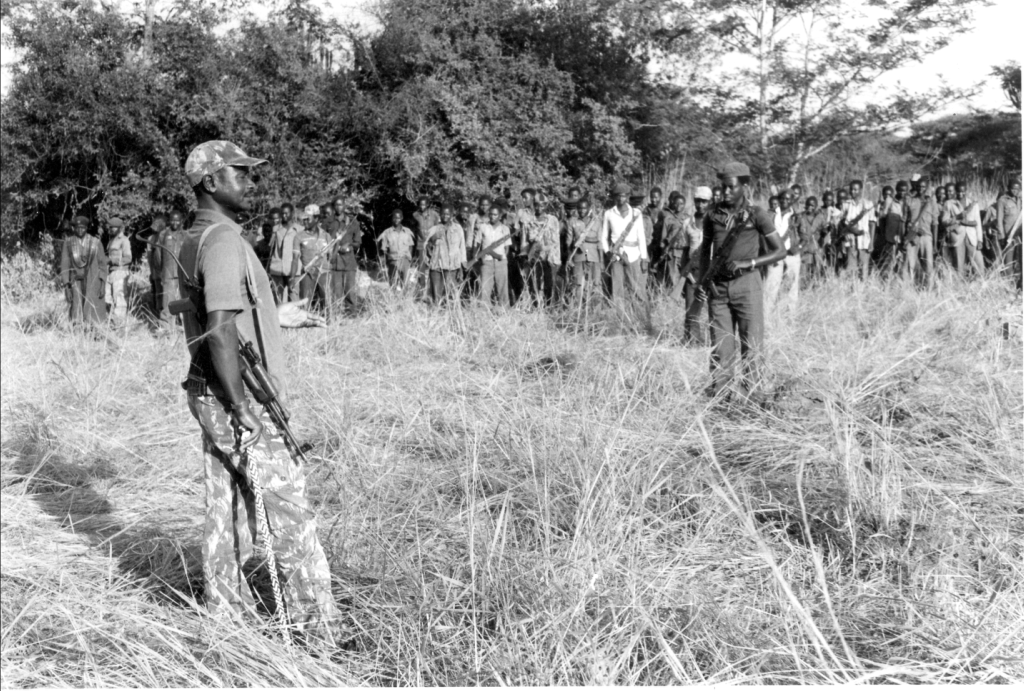
The senior noncommissioned officers in KAR, like Idi Amin, who had been promoted on account of their brutality against the MAU MAU freedom fighters, became officers in the UA. It would be excessive naivety to expect the rule of terror to have changed by a mere change of guards. For the first two decades of her independence, Uganda had to contend with problems of national unity and cohesion because of its military which was characterised by anti-people attitude and manipulation. It is against such background that in 1972, a young Ugandan man called Yoweri Museveni launched a liberation struggle under the name” Front for National Salvation” (FRONASA).
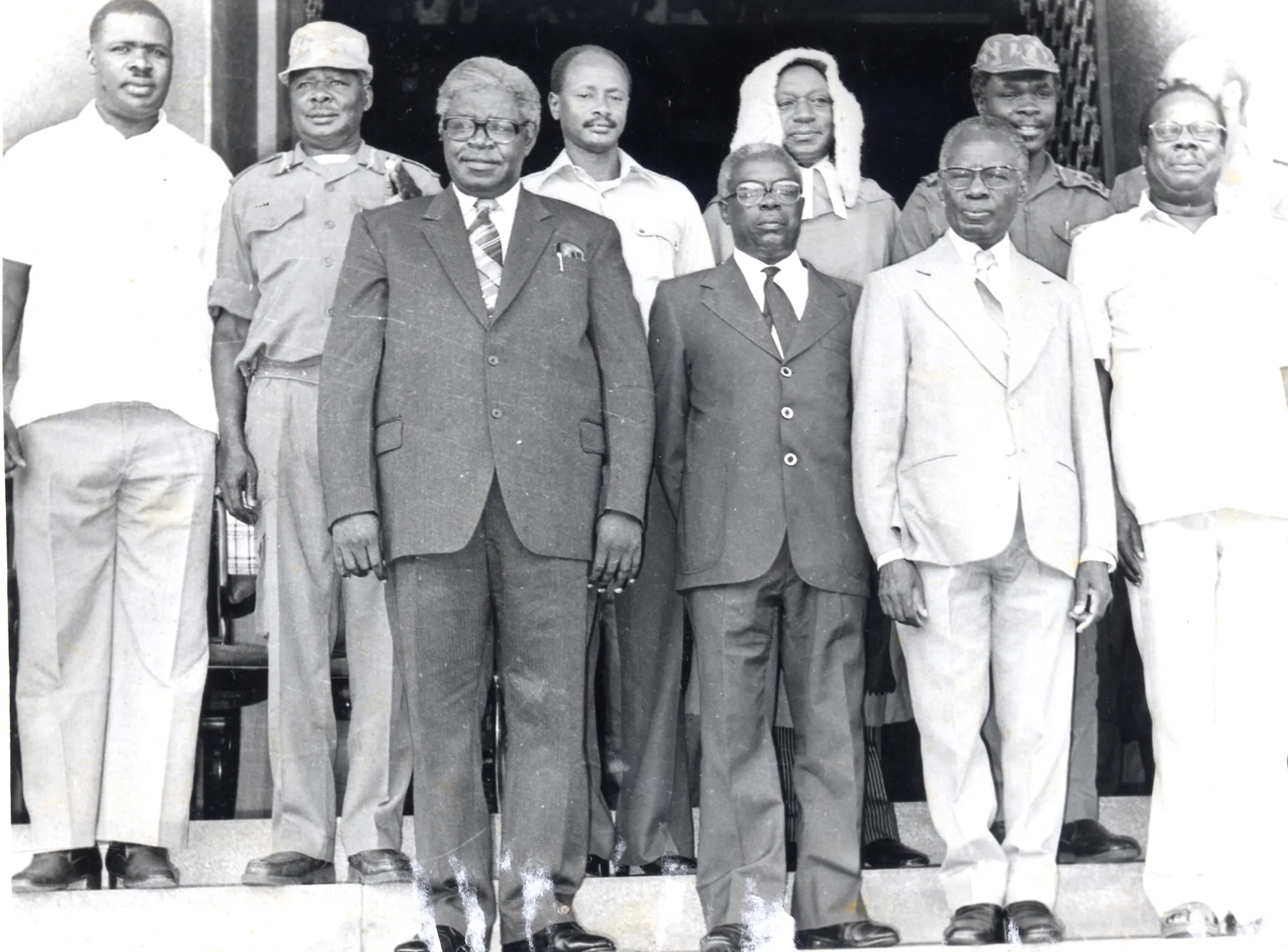
There were other forces in the 1970’s struggle against Idi Amin that in March 26, 1979 merged with FRONASA to form the Uganda National Liberation Front (UNLF) with its military wing, the Uganda National Liberation Army (UNLA). They included Kikosi Maalum (led by Milton Obote with Tito Okello and David Oyite Ojok as commanders), and other smaller groups like Save Uganda Movement (led by Akena P’Ojok, William Omaria and Ateker Ejalu) and Uganda Freedom Union (led by Godfrey Binaisa, Andrew Kayiira and Olara Otunnu), that after the merger fought alongside Tanzania Peoples’ Defence Forces to oust Idi Amin’s dictatorship in April 1979.
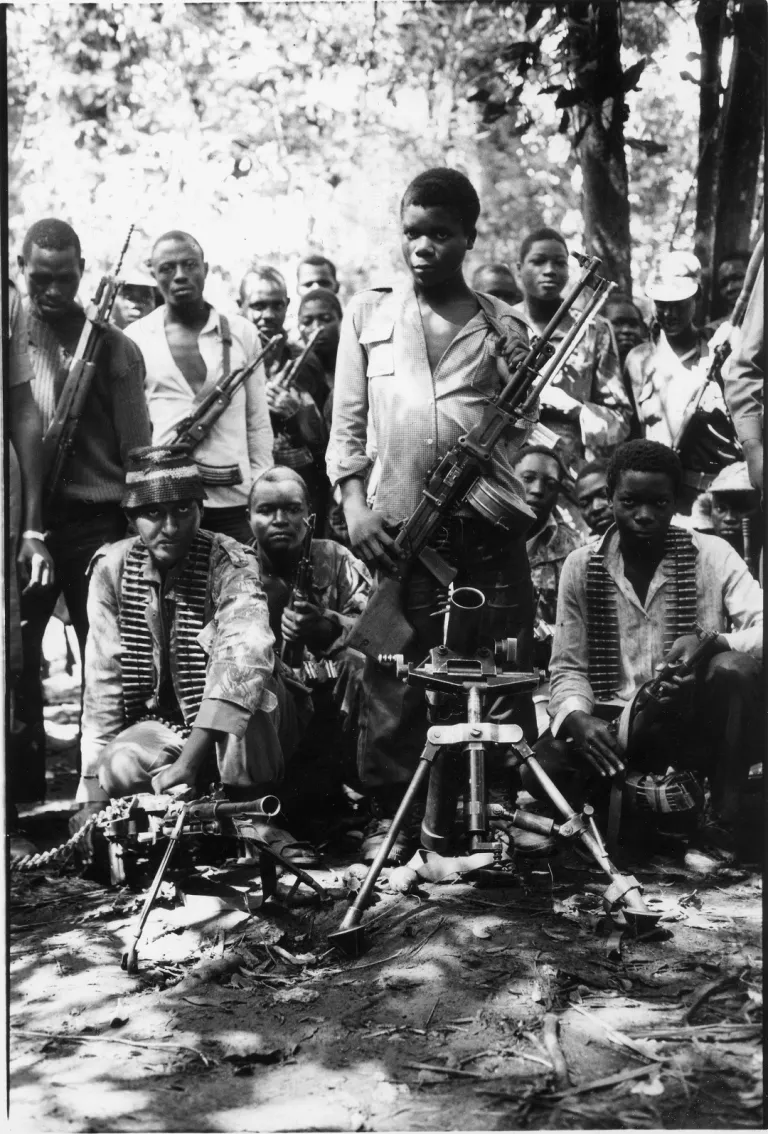
UNLF ruled Uganda from the overthrow of Amin until the disputed national elections in December 1980 in which Obote was declared a winner after massively rigging elections. This prompted Yoweri Museveni to lead a final Liberation struggle under the National Resistance Movement (NRM) with its military wing the NRA that in February 6, 1981 started protracted guerilla warfare with only a platoon of fighters, 27 of whom were armed.
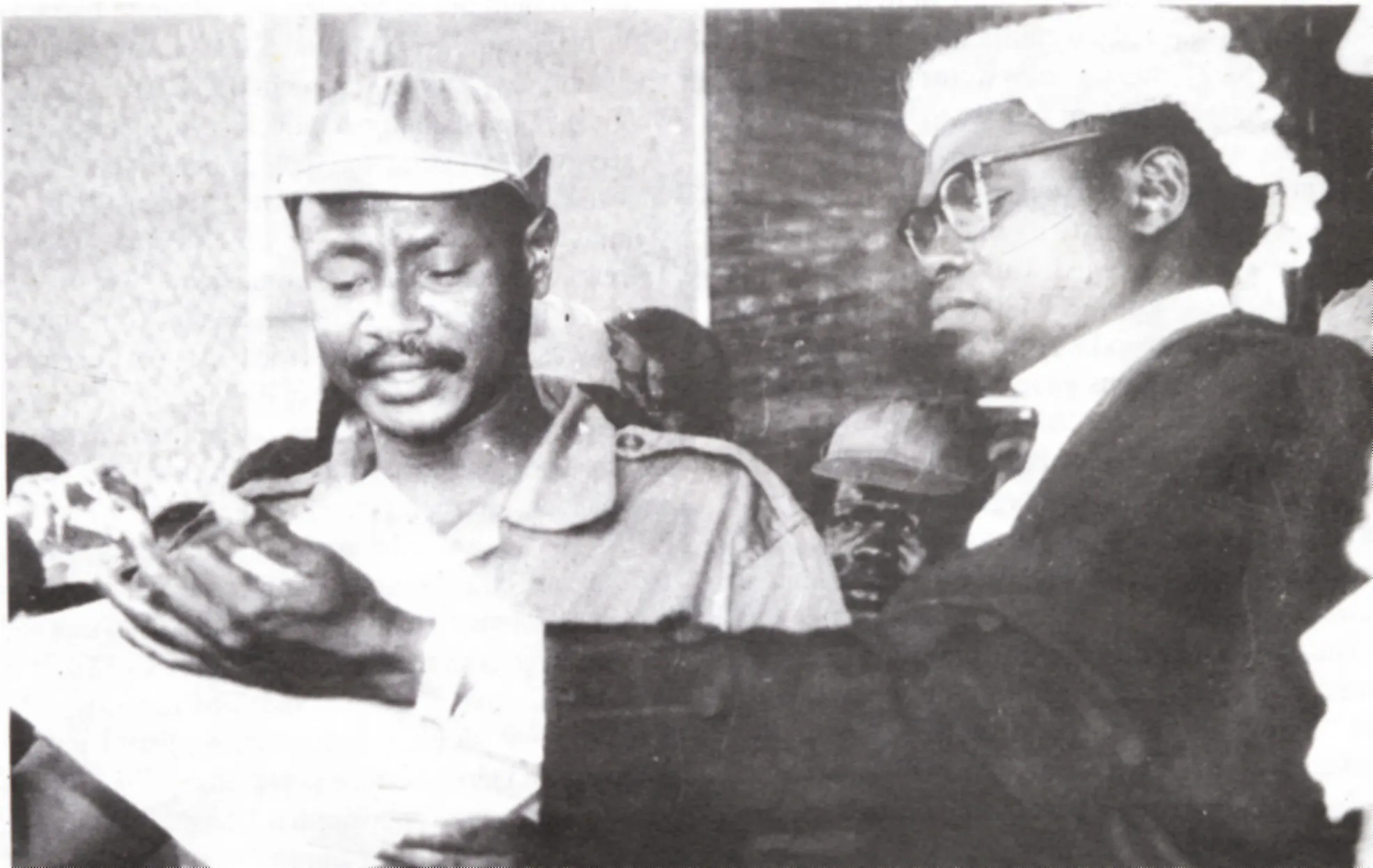
The NRA guerilla force persisted, being at the fore front of quelling the dictatorships of the time, and in 1986 they registered a landmark in the much-needed liberation after a five-year people’s protracted war that climaxed in defeat of fascism in Uganda. This liberation brought about the restoration of dignity amongst the people and the state.
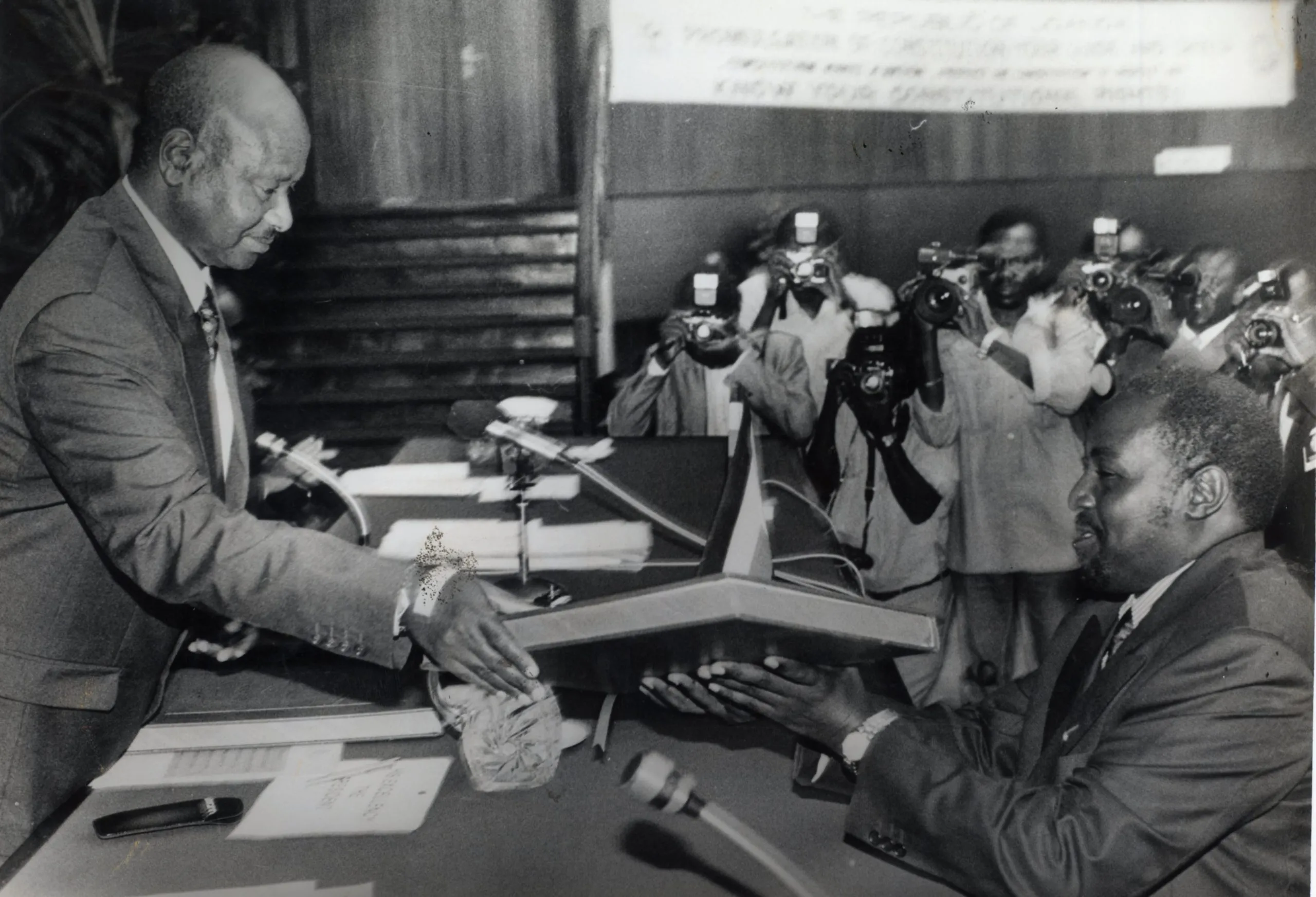
From 1986, the NRM under President Yoweri Museveni embarked on, among others, formation of a constitution and in 1995, it was promulgated. That is how the NRA became the UPDF. The UPDF is a nonpartisan force, national in character, patriotic, professional, disciplined, productive and subordinate to the civilian authority as established under the constitution.
